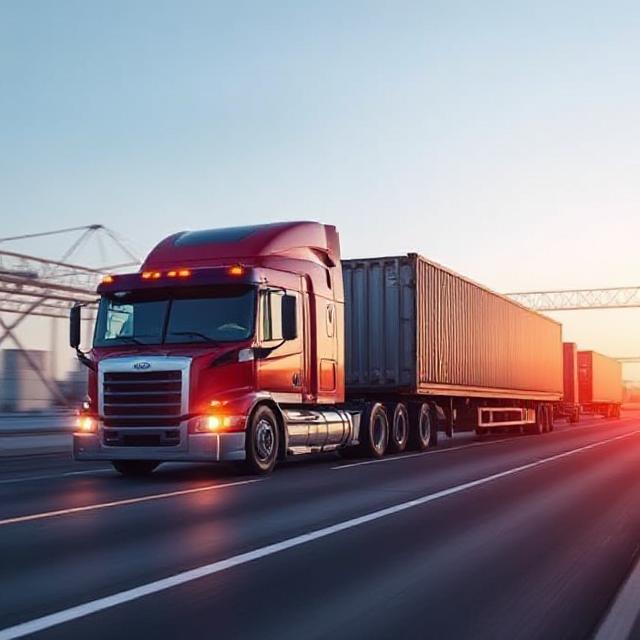How Cargo Moves: 4 Key Freight Transportation Modes Explained
Discover how cargo moves across the globe using the four key freight transportation modes—road, rail, air, and sea. Learn which method suits your shipping needs best.
How Cargo Moves: The 4 Key Freight Transportation Modes You Should Know
Freight transportation is the engine that powers global trade. Whether you’re shipping products across town or across oceans, understanding how cargo moves is key to making informed logistics decisions.
In this blog, we explore the four main freight transportation modes: road, rail, air, and sea. Each mode has its strengths and ideal use cases, and knowing the difference can help you optimize cost, speed, and efficiency.
1. Road Freight: Flexible and Widely Used
Overview:
Road freight is one of the most popular modes, offering high flexibility and extensive reach.
Benefits:
- Door-to-door delivery
- Great for short to mid-range distances
- Easy scheduling and tracking
Challenges:
- Subject to traffic delays
- Limited by road infrastructure in some regions
Best Used For:
Consumer goods, perishable items, e-commerce deliveries
2. Rail Freight: Efficient for Heavy Loads
Overview:
Rail transport is ideal for large quantities of goods over long land distances.
Benefits:
- High load capacity
- Lower cost per ton-mile
- More environmentally friendly than road
Challenges:
- Less flexible
- Requires road transport for last-mile delivery
Best Used For:
Coal, timber, construction materials, containers
3. Air Freight: Fastest for Time-Sensitive Shipments
Overview:
When speed matters, air freight is the go-to method for urgent and valuable goods.
Benefits:
- Fastest delivery option
- High security
- Worldwide reach
Challenges:
- Expensive
- Limited cargo capacity
- Weather-related delays
Best Used For:
Medical supplies, electronics, high-value goods
4. Sea Freight: Cost-Effective for Global Shipping
Overview:
Sea freight is the backbone of international trade, perfect for massive and heavy cargo.
Benefits:
- Extremely cost-effective for large volumes
- Can handle oversized or hazardous goods
- Best for international shipments
Challenges:
- Slower transit time
- Subject to customs and port delays
Best Used For:
Vehicles, machinery, bulk raw materials, intercontinental shipping
Conclusion: Choose the Right Mode for Your Freight
Each freight transportation mode serves a specific purpose. Road is versatile, rail is powerful for bulk, air is unmatched in speed, and sea offers affordable international movement.
Understanding these modes helps shippers balance cost, time, and cargo type, ensuring smarter logistics decisions for business growth.

